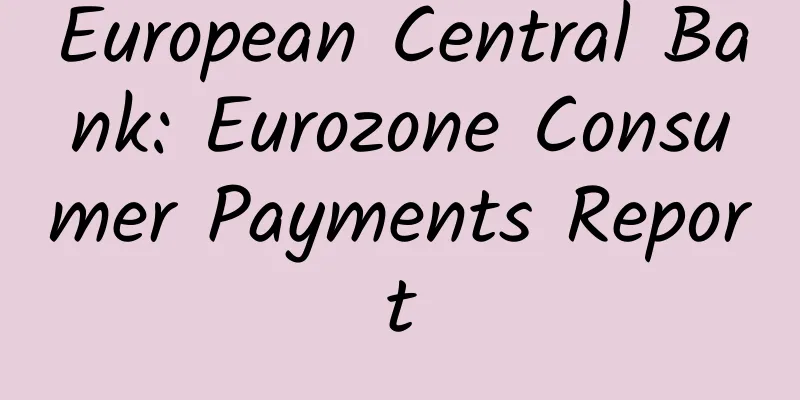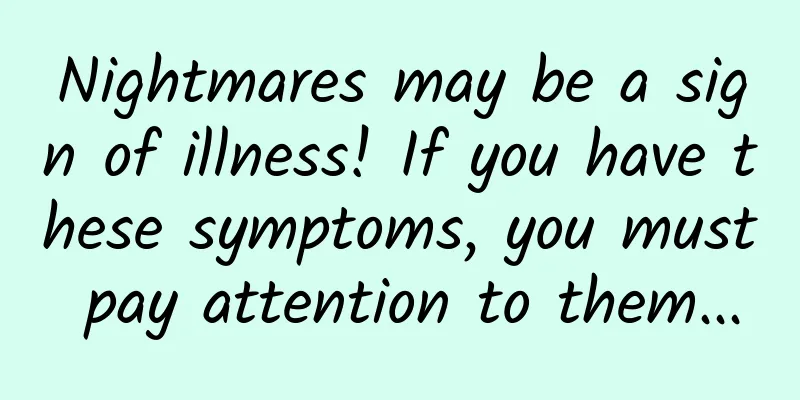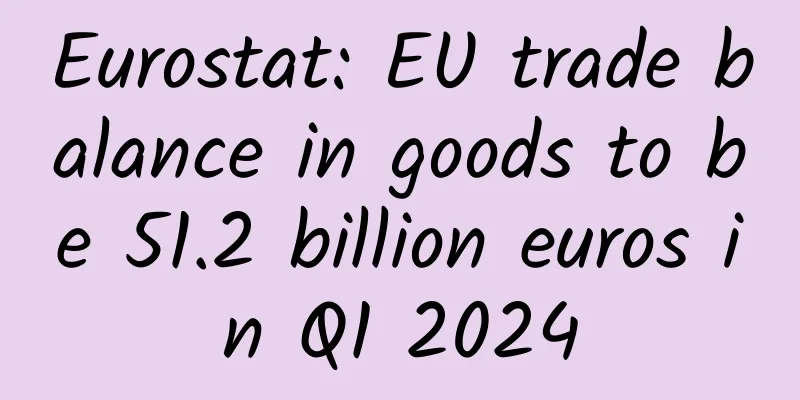European Central Bank: Eurozone Consumer Payments Report

|
The European Central Bank has released its “Euro Area Consumer Payments Report”, with the following key findings:
4% of online transactions are paid with cash There are no comparable data for remote payments in Germany, but 96% of online transactions outside Germany use non-cash instruments, including credit cards (49% of online transactions), electronic payment solutions (27%) and credit transfers (10%); 4% of online transactions use cash (e.g. cash on delivery); Cash is important to 55% of consumers 49% of respondents prefer to use credit cards or other cashless payment tools (43% in 2016); 27% prefer cash, down from 32% in 2016, and the remaining 24% have no opinion. When asked about the importance of cash, 55% of respondents believe that it is important or very important to still have the option to pay with cash in the future. 34% of consumers use cash as a means of storage Cash was also considered as an alternative form of savings for precautionary motives, as 34% of respondents store cash at home or in a safe place. 40% of consumers are using less cash during the pandemic According to another survey conducted on behalf of the ECB in July 2020 in all euro area countries on the impact of the pandemic on cash trends, 40% of respondents have reduced their cash usage since the start of the pandemic, with nearly 90% of them intending to continue using less cash after the pandemic ends (46% certain and 41% likely). The PDF version will be shared on 199IT Knowledge Planet, just scan the QR code below! |
<<: Profitero: The power of consumer reviews
>>: Platform competition under the “full-term Double Eleven”
Recommend
What are the advantages and disadvantages of Chinese medicine sweating?
Childbirth is a big test in life for every woman....
Not everyone can have laser surgery for myopia!
Reviewer of this article: Xu Qibin, associate chi...
“How Much Do You Know About Food Nutrition” Series | Can an “Anti-Inflammatory Diet” Really Boost Immunity?
Recently, "anti-inflammatory diet" and ...
What would happen if you put a frog in a magnetic field?
Before, people always said that meeting someone w...
He is an "instant noodle academician" racing against time to bring prawns to the tables of ordinary people | Party member scientist
July 1 The Communist Party of China celebrates it...
Effects and functions of evening primrose oil
Drugs are very helpful in treating diseases. Diff...
What are the methods of making ginseng and gastrodia elata wine?
Ginseng and Gastrodia wine, as the name suggests,...
The efficacy and function of bay leaves
Health preservation is very important for modern ...
The efficacy and function of Baman
As a very common Chinese medicinal material in da...
Is there really a mysterious force in space? Astronauts encounter "weird hallucinations" in space
If an ordinary person says that he or she has see...
Shangsi Festival丨Come on~Come to the Dong Village to sing and party!
Today is the third day of the third lunar month T...
What are the effects of processed Shouwu
In today's life, many people will use process...
Baked purple potatoes explode! Do you know the "explosive temper" of these electrical appliances?
Audit expert: Luo Huiqian Associate Researcher, I...
The "Stone Kingdom" is open! What is the origin of the shocking Shimao ruins?
On November 29, the Shimao Museum in Shenmu City,...









